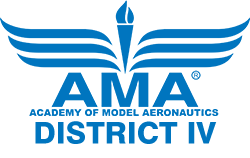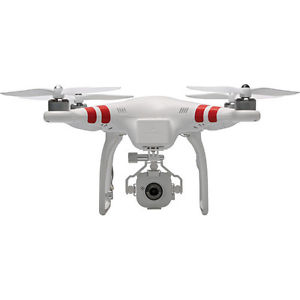AMA’s Response to the FAA’s sUAS NPRM
Operation and Certification of Small Unmanned Aircraft Systems
Comments on the proposed sUAS rule can be made by clicking here, or going to www.regulations.gov and searching for Docket No. FAA-2015-0150; Notice No. 15-01.
Look for the Primary Document (PR) and click on the blue “Comment Now” button on the right and let your voice be heard.
AMA has created a suggested template for comments, which we strongly encourage you to edit and personalize. Unless extended, the deadline for submitting comments is 11:59 p.m., Friday, April 24, 2015.
Template Comment for AMA Members
(copy the template, click the Comment Now button, and paste into the comment field)
| I am writing in response to the FAA’s proposal to regulate small unmanned aircraft systems, including model aircraft. [Insert personal introduction details such as: I am a [job/profession], a member of the Academy of Model Aeronautics, and have been safely and responsibly flying model aircraft for ___ years. I am also a model aircraft club officer/educator/designer, etc.] I support the exemption of recreational model aircraft from the regulation of unmanned aircraft systems. As Congress recognized, self-governance under community-based safety guidelines has worked exceptionally well for decades, and should remain in place. However, I have the following concerns about the FAA’s proposal: [choose all that you feel apply, and feel free to add other comments] The FAA has repeated its June 2014 statement that model aircraft are “aircraft” subject to all existing aviation regulations. The FAA must revise this interpretation so that it is in agreement with what Congress directed in 2012, which is that recreational model aircraft are subject to community-based safety guidelines, not aviation regulations. Similarly, the regulatory proposal excludes ultralight vehicles, moored balloons, kites, amateur rockets, and unmanned free balloons from the FAA’s aircraft operating regulations but neglects to expressly exclude model aircraft. The proposed regulation should make it clear that model aircraft meeting the criteria established by Congress are not subject to aviation regulations.Also, the proposal leaves out the part of the statute that excludes “an aircraft being developed as a model aircraft” from aviation regulations. This exclusion must be added to the regulations. Companies in the model aircraft industry should not be regulated as if they are aircraft manufacturers.The FAA bases its proposal on its June 2014 interpretation of the law concerning model aircraft. There were 33,000 comments submitted last summer concerning that interpretation [including mine]. The future regulations for model aircraft should not be based on incorrect interpretations of what Congress wrote. Some of the interpretations that should be changed to the extent they form the basis for any current or future regulation include:• Making model aircraft subject to airspace requirements such as air traffic control clearance, that have never been applicable in the past and with which it is impossible or impractical to comply. Congress indicated the maximum obligation, which is actually stricter than what the FAA’s guidance has been for the past 34 years: notifying the airport when operating within five miles. That is the most that model aircraft hobbyists should have to do.• Rigidly defining a requirement to operate within visual line of sight and that calls into question the use of a specific technology or equipment, namely first-person view (FPV) goggles. The language of the 2012 statute concerning “within visual line of sight” indicates how far away a person should fly the model aircraft, not what method of control may be used for the recreational experience. The proposal for commercial unmanned aircraft acknowledges that an observer (spotter) can be used to ensure airspace safety, just as the AMA’s community-based safety guidelines do.• Narrowly interpreting the words “hobby or recreational use.” You should not regulate people who are flying model aircraft in connection with the hobby just because they receive payments. For decades, enthusiasts have participated in contests and competitions that have cash prizes, have been paid to instruct others on how to safely fly models, and have received compensation for aerobatic displays. These payments incidental to the hobby do not change the underlying recreational purpose of the activity or make the hobby any less safe, and regulating these activities would be highly disruptive to the hobby without any benefit.Respectfully, [Name] [Optional] AMA Member Number: _________ |


